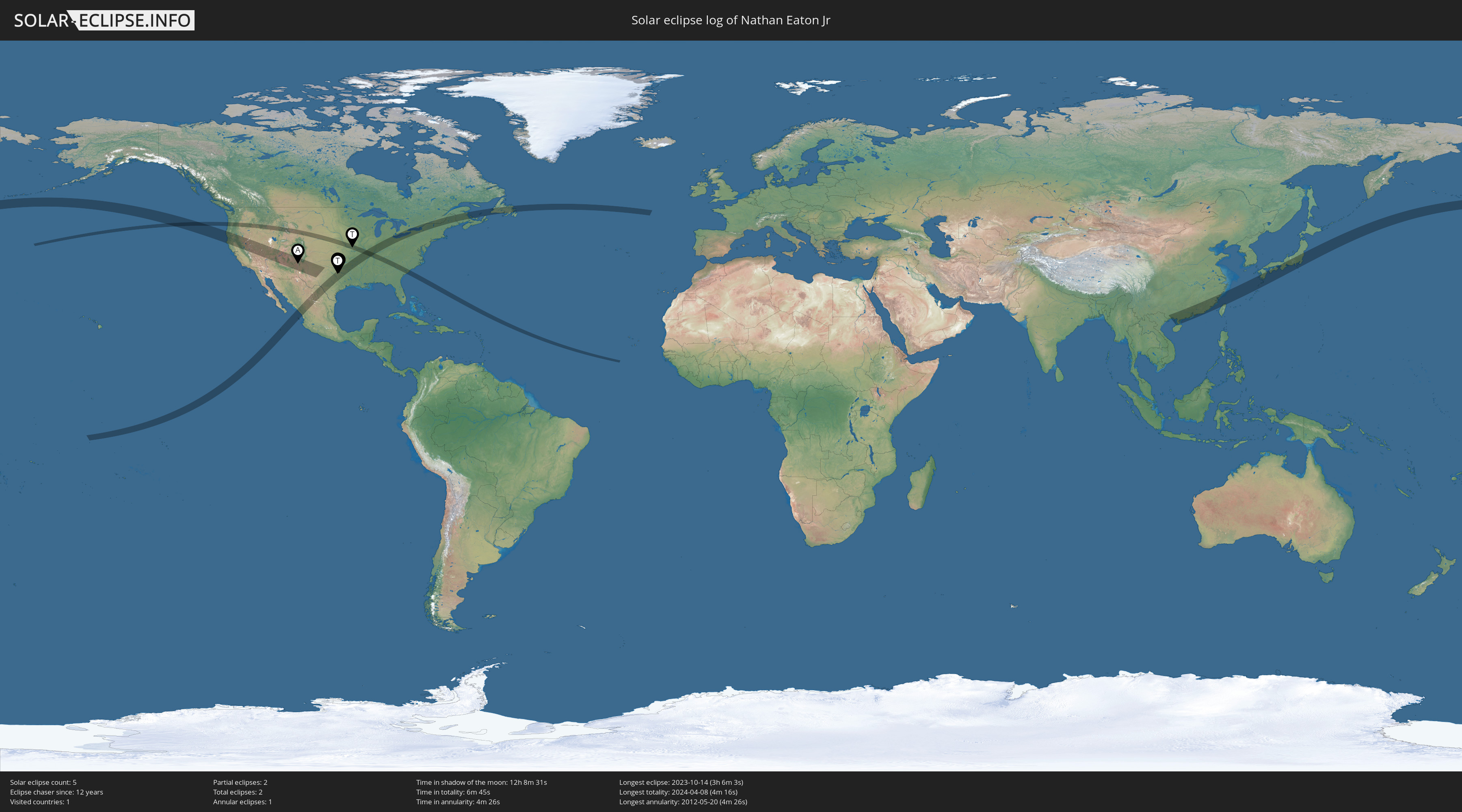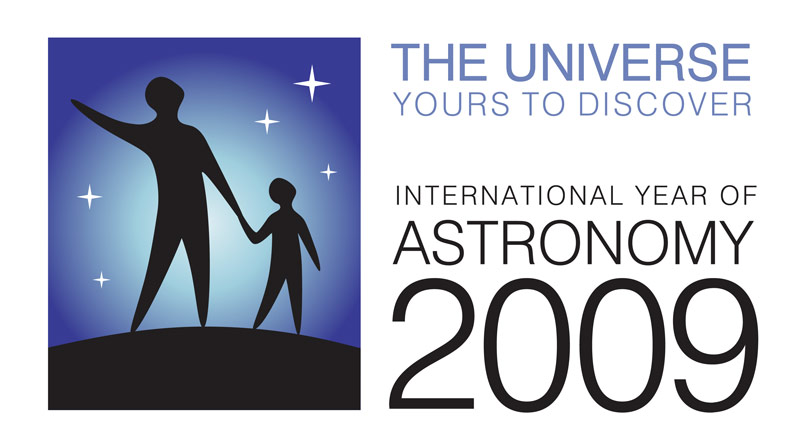As I shared in my last post, I was up in the very early hours this morning to catch a unique event, the International Space Station (ISS) passing in front of the Moon, a lunar transit. What I didn't share in that post is why I used the video mode on my Nikon D750 instead of taking individual photos.
The D750 is a great camera with some powerful capabilities. It has a top capture speed of 6.5 frames per second. Unfortunately, it can't sustain that speed for long. After about a dozen shots, the buffer fills up and the camera slows to closer to 1 frame per second or even 1 every two seconds. With an event that only lasts about 6 tenths of a second, since the camera only shoots at 6.5 frames per second for about 2 seconds, it would take perfect timing to be able to capture any part of the transit. If I started shooting 4 or 5 seconds too soon or too late, I might miss it all together.
However, with a video mode of 60 frames per second, I just had to start recording well before the start of the transit and then let it run long enough to be sure the transit was over before stopping the camera. Thankfully, when I was scrambling to finish focusing this morning and realized it was almost time for the transit, starting the video and letting it record for a few minutes was enough to capture the transit and capture far more frames with the ISS than I could have even if the D750 could capture images at 6.5 frames per second indefinitely. Using video has its drawbacks, e.g., things in motion (and the ISS moves incredibly fast) inherently have a little blur, even with a really fast shutter speed, but capturing more images with the ISS in them and having a bit more flexibility in starting/stopping the capture was worth it. Perhaps someday I'll get another chance to do this and will try capturing it with images instead of video.
To create the image above, I went through the video with Lightroom, selecting each frame with the ISS and exporting it as a JPEG file. I then took these files and opened them in Photoshop as levels. By using auto-align and auto-blend, Photoshop produced a single composite image showing the track the ISS took across the Moon. I decided that the first draft was a bit busy so I did it over again just using every other ISS frame to produce this photo. I also applied some intelligent sharpening to make up for the camera being a little out of focus. It's not great but I am satisfied with it.
Click on the image to see enlarged. Enjoy!






















 The journey continues beyond 2009... check it out!
The journey continues beyond 2009... check it out!

No comments:
Post a Comment